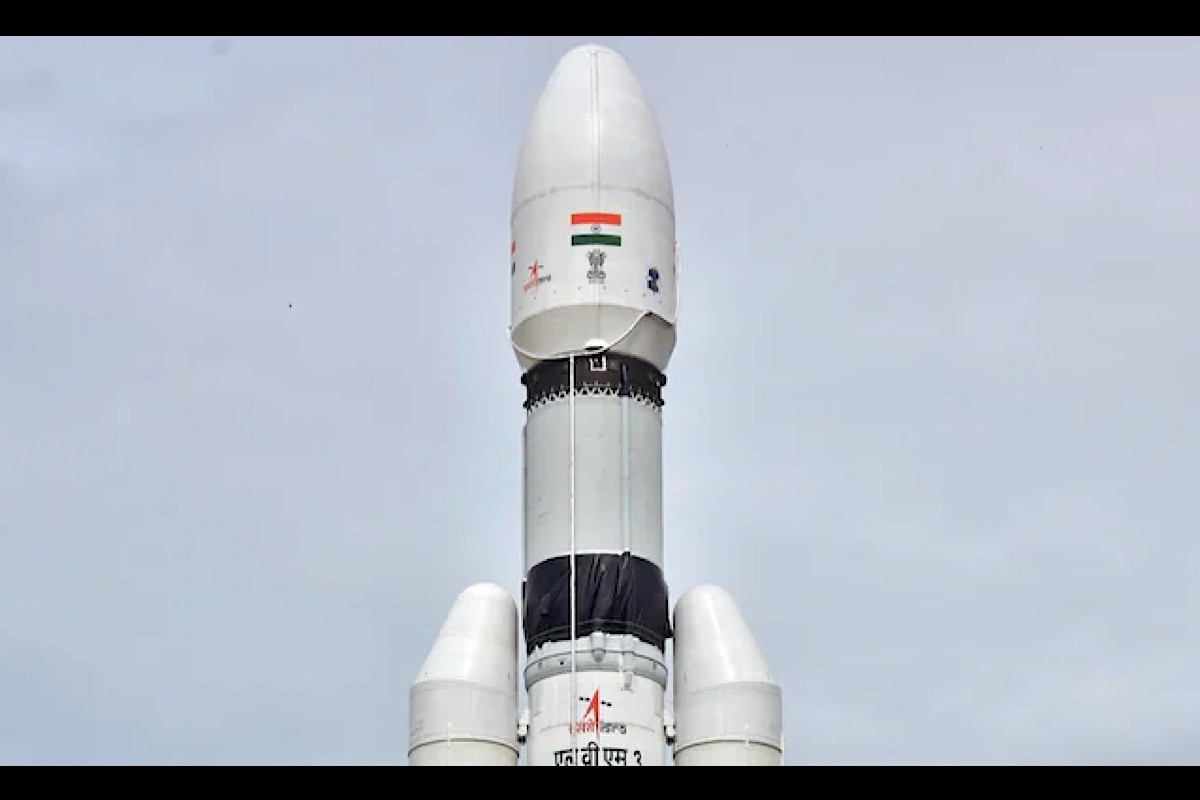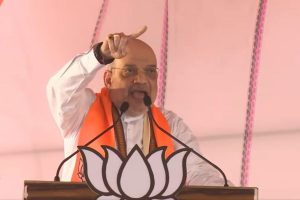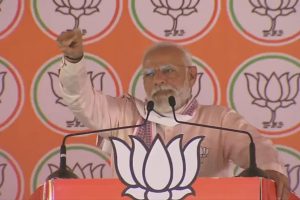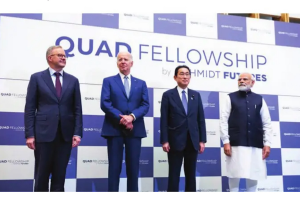India’s accomplishments in space technology are indeed commendable, epitomised by the successful Chandrayaan-3 mission, undertaken most entirely on the back of Indian expertise. This success showcases the nation’s capability to conceive, design, and execute intricate projects. However, a perplexing paradox exists. The same country that can send spacecraft to the moon struggles to make substantial progress in producing advanced military hardware. If India can conquer the cosmos, why does it falter on the front of defence technology? While India’s space programme has flourished under the Indian Space Research Organisation (ISRO), the journey toward self-sufficiency in advanced military hardware primarily under the Defence Research and Development Organisation (DRDO) has been fraught with challenges. To some, this disjuncture might appear baffling, especially considering the technical prowess exhibited in space exploration. Their argument that spacecraft and advanced military hardware require comparable levels of precision isn’t unfounded. The counter argument goes thus: developing state-of-the-art fighter jets, submarines, tanks, and missiles involve classified technologies with limited civilian applications, rendering cross-sectoral expertise less transferable. The defence sector operates in an environment heavily influenced by national security concerns and geopolitical intricacies. Collaborative partnerships that thrive in the realm of space technology often encounter roadblocks in defence due to the sensitivity of classified information. That said, ISRO has indeed achieved remarkable feats with budgets far too modest compared to other space agencies like NASA, showcasing both India’s technological prowess and the frugality of its scientists on the global stage. The accomplishments of ISRO have sparked optimism that similar achievements could be replicated in the realm of advanced military hardware, potentially leading to reduced defence expenditure over time while maintaining quality standards. The argument is not without merit. Cost efficiency in space missions is a testament to India’s ability to innovate and optimise resources. The notion of reduced defence spending through indigenization is appealing, but several hurdles must be acknowledged. Political will plays a pivotal role in driving initiatives. While India’s space programme has received consistent backing, defence policies might face different challenges. The practice of importing defence equipment is often driven by factors beyond availability, such as urgency, technology gaps, and geopolitical considerations. Rapidly filling defence requirements might lead to imports as an expedient solution. While indigenization is a long-term goal, defence forces need reliable and immediate solutions. Transitioning from imports to indigenous production requires significant upfront costs that might take time to yield returns. Balancing these economic factors is crucial for a sustainable approach. Planners would also do well to compare the ethos of ISRO and DRDO, to see if the latter can learn from the former. If the political will displayed on the space front is replicated to drive a similar initiative with military hardware, concerns over vested interests being behind defence imports can be consigned to history. Till then, though, addressing public concerns about foreign defence deals and potential kickbacks is paramount for ensuring transparency and accountability. Fostering public trust requires clear communication, robust procurement processes, and mechanisms to prevent corruption.











